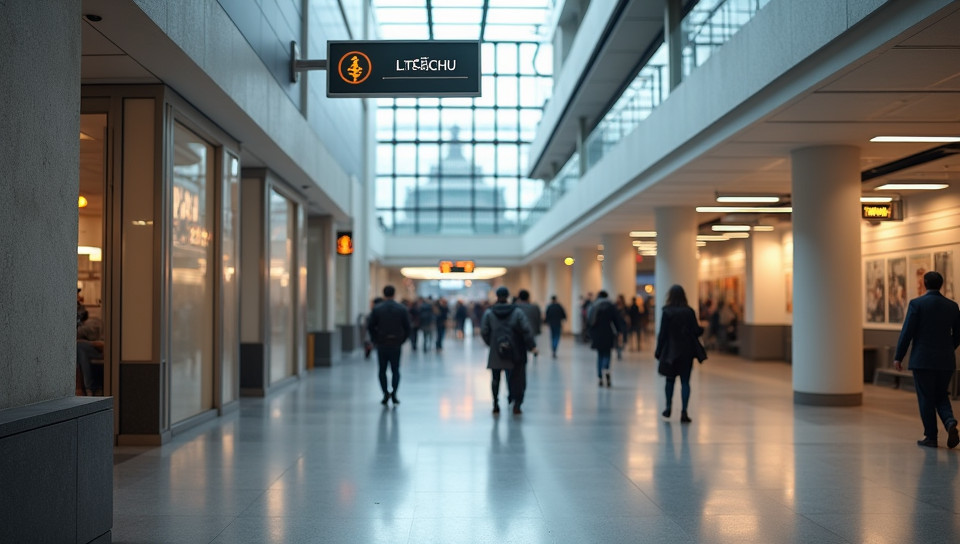Clear signage improves wayfinding for the visually impaired 50%

Clear Signage: A Game-Changer for Wayfinding
Imagine navigating through a bustling city or a crowded airport, relying solely on your sense of hearing to get from point A to point B. For the visually impaired, this is a daily reality that can be frustrating and intimidating. But what if buildings, streets, and public spaces were designed with accessibility in mind? Clear signage can make all the difference in improving wayfinding for those who rely on audio cues.
The Challenges of Wayfinding
Wayfinding refers to the process of navigating through an unfamiliar environment. For the visually impaired, this task is often complicated by the lack of visual cues such as street signs, building directories, and pedestrian paths. As a result, they may rely on audio cues like auditory signals or verbal descriptions from others.
The Importance of Clear Signage
Clear signage is essential for improving wayfinding for the visually impaired. Effective signage provides critical information about navigation routes, distances, and obstacles, helping individuals to make informed decisions about their path. Well-designed signs can also reduce confusion and anxiety by providing a clear and consistent visual language.
Key Features of Accessible Signage
- Clear font sizes and styles
- High-contrast colors for readability
- Tactile markers or Braille labels for easy identification
- Audio cues or digital displays to supplement visual information
- Consistent layout and design throughout the space
Implementing Accessible Wayfinding Strategies
To create accessible wayfinding systems, designers and policymakers must consider the needs of visually impaired individuals from the outset. This includes:
- Conducting user research and testing with visually impaired stakeholders
- Collaborating with accessibility experts to develop effective signage solutions
- Incorporating feedback and iterating on designs based on user input
- Ensuring compliance with accessibility standards and regulations
Conclusion
Clear signage is a critical component of accessible wayfinding for the visually impaired. By designing spaces that prioritize accessibility, we can empower individuals who rely on audio cues to navigate with confidence. As we strive to create more inclusive environments, it's essential to remember that clear signage is not just a courtesy – it's a fundamental right. By prioritizing accessibility, we can break down barriers and unlock equal opportunities for all members of our communities.
- Created by: Ezekiel Domingo
- Created at: Jan. 9, 2025, 12:08 p.m.
- ID: 17548
